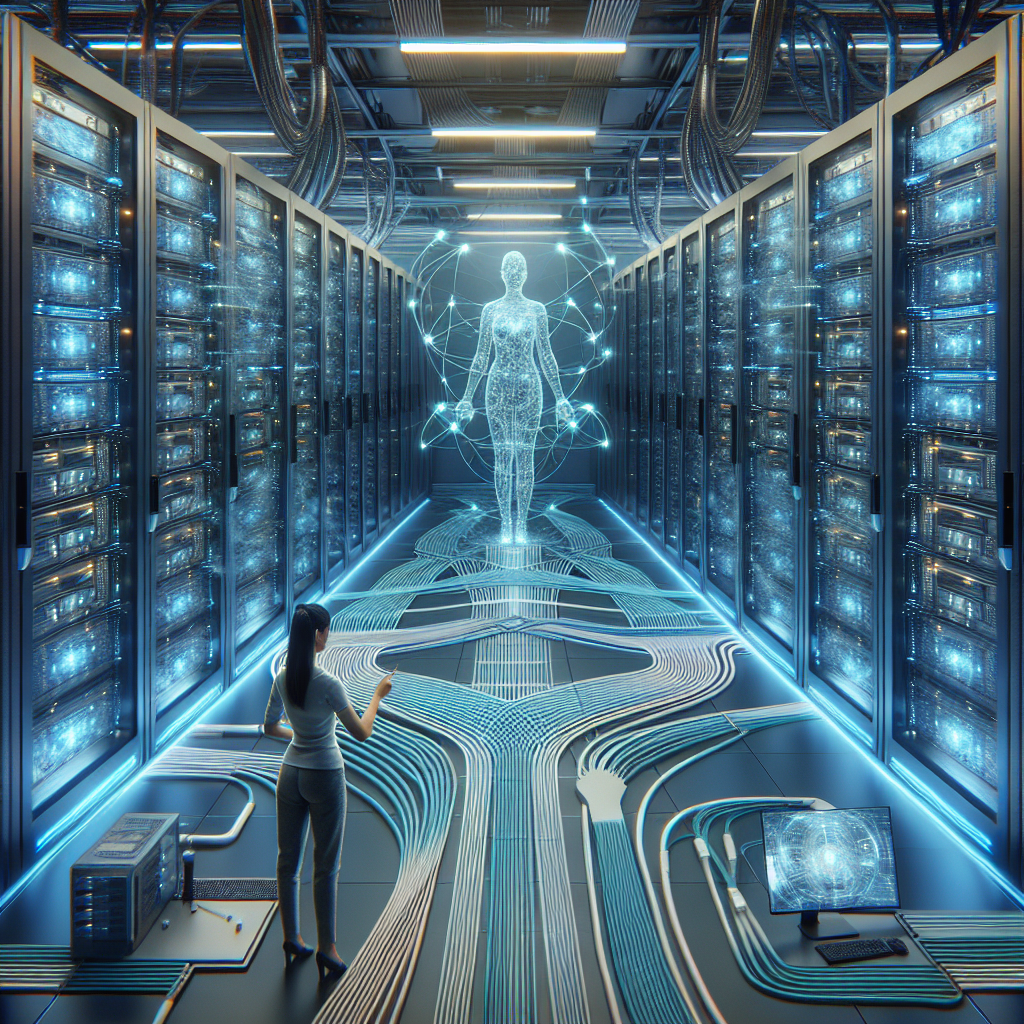As the demand for data storage and processing continues to increase, data centers are constantly evolving to keep up with the growing needs of businesses and consumers. One crucial aspect of data center infrastructure that is experiencing significant advancements is cabling. The future of data center cabling is being shaped by a number of trends and technologies that are revolutionizing the way data is transmitted and managed.
One of the key trends in data center cabling is the move towards higher speeds and bandwidth. With the rise of technologies such as 5G, IoT, and AI, data centers are under pressure to support faster and more efficient data transmission. This has led to the development of new cabling standards, such as Category 8 Ethernet cables, which are capable of supporting speeds of up to 40Gbps over short distances.
Another trend that is shaping the future of data center cabling is the move towards increased flexibility and scalability. Traditional cabling systems often require a significant amount of time and effort to install and manage, making it difficult for data centers to quickly adapt to changing needs. However, new technologies such as modular cabling systems and fiber-optic cables are making it easier for data centers to scale their infrastructure as needed, without the need for extensive reconfiguration.
In addition to speed and scalability, data center cabling is also being influenced by advancements in sustainability and energy efficiency. With the growing concern over the environmental impact of data centers, there is a push towards using more energy-efficient cabling materials and techniques. For example, some data centers are now using fiber-optic cables, which require less power to transmit data compared to traditional copper cables.
Furthermore, the future of data center cabling is also being shaped by the adoption of new technologies such as automation and artificial intelligence. These technologies are enabling data centers to monitor and manage their cabling infrastructure more effectively, reducing the risk of downtime and improving overall performance.
Overall, the future of data center cabling is bright, with a number of exciting trends and technologies driving innovation in this crucial aspect of data center infrastructure. As data centers continue to evolve to meet the growing demands of the digital age, cabling will play a vital role in ensuring that data is transmitted quickly, efficiently, and securely. By staying ahead of the curve and embracing new technologies, data centers can ensure that their cabling infrastructure is ready to meet the challenges of tomorrow.


Leave a Reply